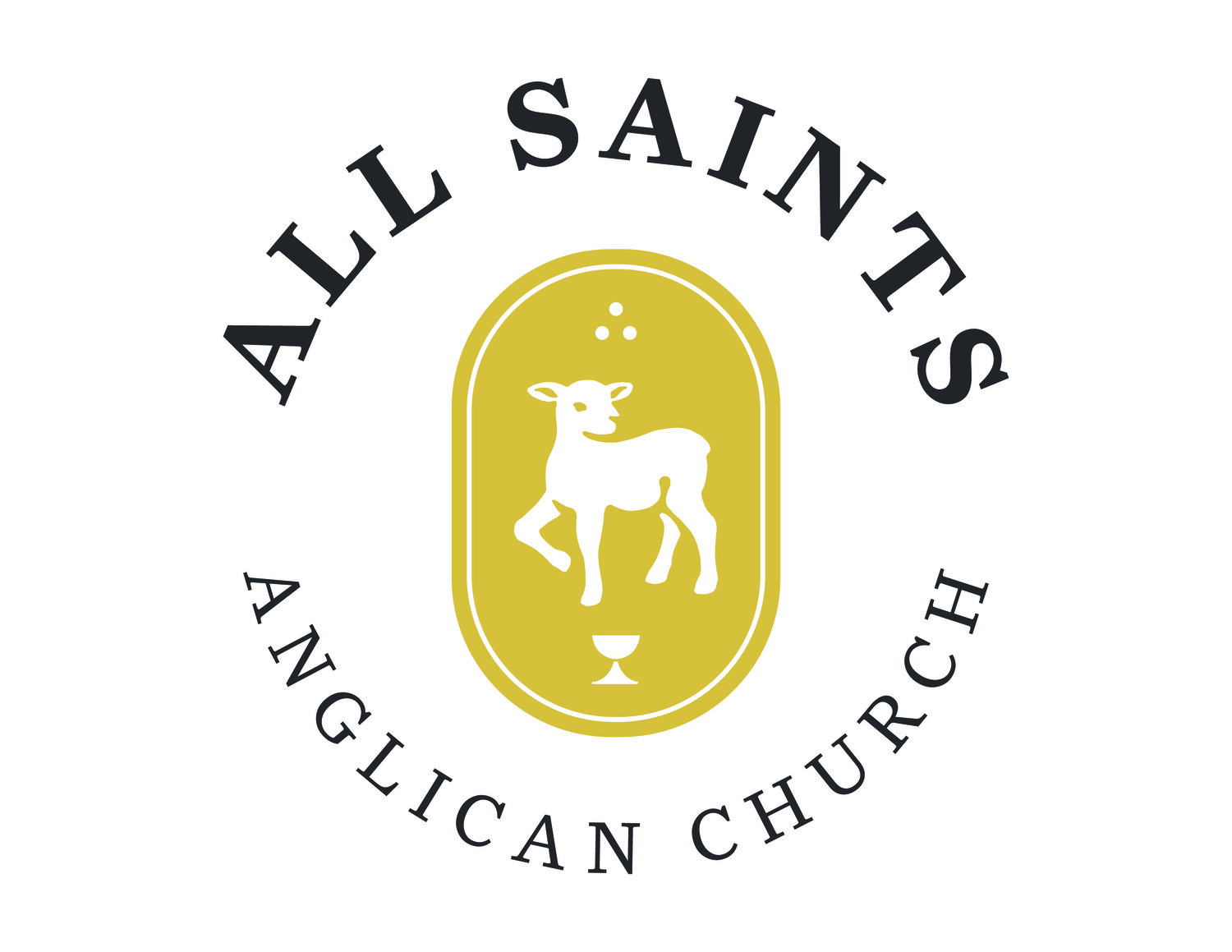Reality is cruciform. It takes the shape of the Cross.
The cross lies between past and present, tearing the self through time; it is the cataract in time’s rivering concourse. The cross stretches us between Heaven and Earth, and between the everlasting horizon of the ends of the world.
The “cross of reality” draws the coordinates of relationship, as Eugen Rosenstock-Huessy suggested: between “I”, “You”, “We”, and “They.”
The cross is the figure drawn between God, self, others, and world. Its cardinal points do not only align with the corners of the world (North, East, South, West); they align with the corners of the social order: parental, fraternal, nuptial, filial.
Israel camps in the shape of the cross (3 tribes at each side of the compass, cf. Num. 2), at whose heart lies the tabernacle’s Most Holy Place (Num. 2:2). To serve in the Lord’s Tent is to trace the sign of addition as you go about your duties.
The prophets see four beasts, four cherubim around the One Enthroned in Heaven (Ezek. 1:4-28, 10:3-17; Rev. 4:1-11). Yahweh, it seems, is worshiped ever in saltire.
Yahweh becomes incarnate and his life takes shape in the whorl of the liturgical year. He is the Sun of Righteousness whose radial dimensions are just so many multiples of the gammas of the fylfot (Malachi 4:2). When he is lifted-up and exalted on the cross (Jn. 12:32), —which is the shape of the human frame which is the image of God (Gen. 1:26-28)— the sun goes dark (Matt. 24:29, cf. Is. 13:10-11), bowing its light to the greater and more brilliant Radiance of the Father (Heb. 1:3, cf. Ex. 33:18; Jn. 14:9). Helios genuflects and hides his face from the Crucified son of man. There’s a new ruler in the heavens (Gen. 1:16; Jn. 12:31; Eph. 1:19b-23).
This same God marks the brows of the saints with the sign of the Tau which is a cross (Ezek. 9:4; Rev. 7:3, 9:4, 14:1). He sets His Name, the tetragrammaton, a cruciform four-edged sign, on their foreheads —marking them as the Holy Ones (Rev. 22:4). When Christians make the sign of the cross, it is the same gesture, naming ourselves among those whose names are written in the Lamb’s Book of Life (Rev. 3:5, 20:12, cf. Ex. 32:32, Lk. 10:20).
The Cross is a historical reality: an instrument of death and shame applied to the body of Jesus the Messiah on a Friday over two-thousand years ago. But the Cross is an eternal reality, it makes sense of all things. Perhaps this is why so many of our most ancient myths take place in the heart of a labyrinth, which is classically a course of seven rungs carved about the shape of the Cross. In our long darkness, while we waited for the light to come to us, we carved this thing we felt, almost compulsively, lay at the heart of the world.
“Man” was the answer Oedipus gave the sphinx’s riddle at the city-square, the intersection of life, which is an acropolis, a crossroads, and a high place (Apollodorus, III.5.8-9). That was only half the truth. The other answer to the Sphinx’s riddle is, of course, “God.” God came and crawled on four legs as a babe; God grew in favor and wisdom (Lk. 2:52) and walked on two legs in the noon of his ministry (Lk. 4:14); God then walked on “three legs” up to Golgotha — his two human feet and a third foot made of wood. Thus it remained for the centurion to complete the Sphinx’s riddle “Truly this man was the son of God” (Mk. 15:39).
But the Cross is also a pastoral reality. It makes sense of our lives. I am stretched on the cross of reality between my hopes and my realities, between my work and my rest, between my family and my friends. We are pulled in every direction by various claims to our selves. We carry one another’s burdens and we become the cross the others in my life must carry (Gal. 6:2). “The cross, therefore, is unavoidable” Thomas A Kempis wrote, “[i]t waits for you everywhere. No matter where you may go, you cannot escape it, for wherever you go you take yourself along. Turn where you will – above, below, without, or within – you will find the cross.”
The call of the Gospel is the call of Reality: to pick up our crosses and follow after Jesus (Matt. 16:24-26). Sometimes this pattern can make us want to cry-out “Oh my God, it just feels like I’m dying!” It feels that way because we are. The promise of the Gospel is not that we will never die, but that we will rise again (Jn. 11:25). That’s the Cross. The Only God there is is the God who died and rose again. He is the way to life (Jn. 14:6). This is Good News for, to draw on A Kempis one last time, “[t]here is no other way to life and to true inward peace than the way and discipline of the cross. Go where you will, seek what you want, you will not find a higher way, nor a less exalted but safer way, than the way of the cross.”


